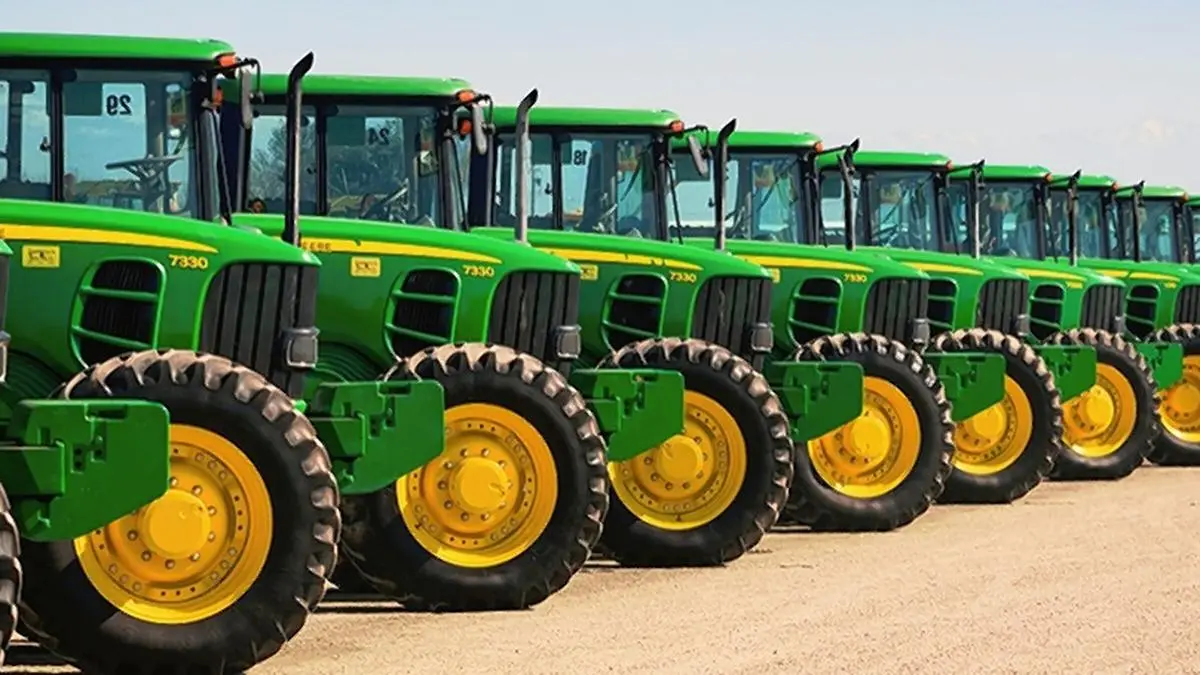Kiwi's Eye on the Sky: 10 Military Drones Redefining Warfare Globally

The world of warfare has undergone a dramatic transformation, and at the forefront of this change are military drones. No longer just tools for surveillance, these sophisticated machines are now integral to a wide range of operations, from reconnaissance and intelligence gathering to direct combat roles. They’ve become a game-changer, reshaping military strategy and tactics across the globe. Let's take a look at 10 of the most cutting-edge military drones currently in use, showcasing the incredible advancements in aerial technology and their impact on modern conflict.
The Rise of the Drone: A New Era in Warfare
The evolution of military drones has been rapid. Early models were simple, remotely controlled aircraft used primarily for observation. Today's drones are complex systems, equipped with advanced sensors, high-resolution cameras, and sophisticated communication systems. They can operate autonomously, making decisions based on pre-programmed instructions or real-time data analysis. This level of autonomy, coupled with their ability to operate in dangerous environments, has made them invaluable assets for military forces worldwide.
Top 10 Military Drones Making Waves
Here’s a rundown of ten military drones currently making a significant impact:
- MQ-9 Reaper: A workhorse of the US Air Force, renowned for its long endurance and ability to carry a variety of weapons.
- RQ-4 Global Hawk: Provides high-altitude, wide-area surveillance, offering critical intelligence to commanders.
- Bayraktar TB2: A Turkish-made drone that has seen widespread use in various conflicts, known for its cost-effectiveness and combat capabilities.
- Switchblade: A loitering munition, often referred to as a “kamikaze drone,” capable of striking targets with precision.
- Harop: Another loitering munition, offering a longer endurance and wider range than the Switchblade.
- Aeron Scout: An Israeli-made drone known for its exceptional endurance and versatility in surveillance and reconnaissance.
- RQ-7 Shadow: A widely used reconnaissance drone, providing real-time intelligence to ground troops.
- PD-100 Black Hornet: A tiny, hand-launched drone used for close-range reconnaissance and situational awareness.
- DJ-I Matrice 300 RTK: While primarily a civilian drone, its capabilities are increasingly being adopted for military applications like search and rescue and reconnaissance.
- Wingtip Predator: An upgraded version of the Predator drone, featuring enhanced sensors and communication capabilities.
The Future of Military Drones
The development of military drones is an ongoing process. We can expect to see further advancements in areas such as:
- Artificial Intelligence (AI): Increased autonomy and decision-making capabilities.
- Swarm Technology: The ability for multiple drones to operate together as a coordinated unit.
- Stealth Technology: Reducing the drone's radar signature to make it more difficult to detect.
- Counter-Drone Technology: Developing systems to detect and neutralize enemy drones.
Military drones are here to stay, and their impact on warfare will only continue to grow. As technology advances, these unmanned aerial vehicles will become even more sophisticated, efficient, and essential to military operations around the world. The ongoing evolution of drone technology presents both opportunities and challenges, requiring careful consideration of ethical and strategic implications.






